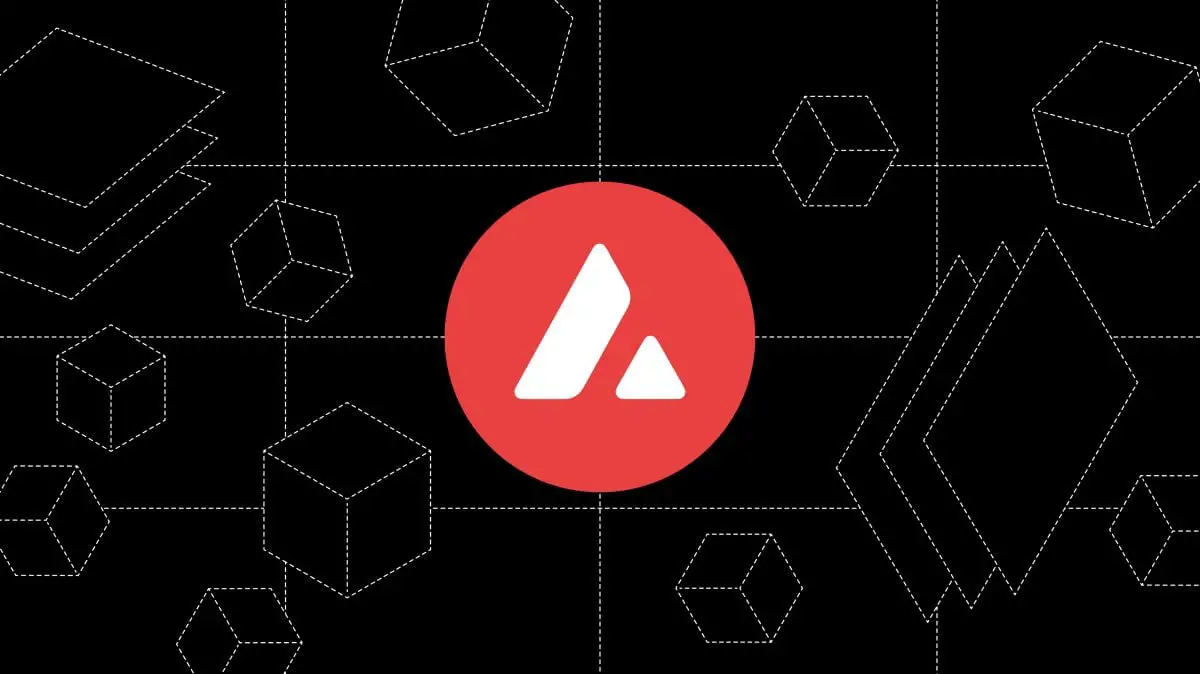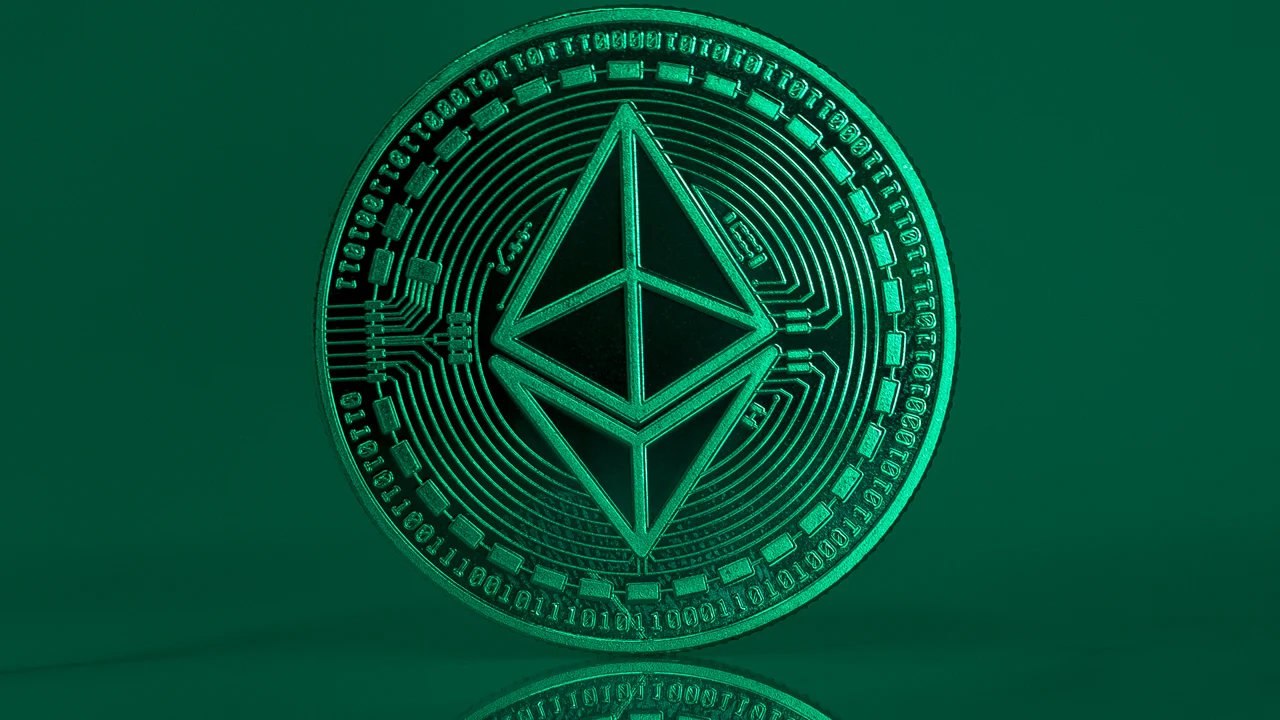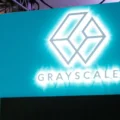
- FIFA cooperates with Avalanche to create its own EVM compatible L1 blockchain and thus ends the previous collaboration with Algorand.
- The new FIFA blockchain signals a long-term web3 strategy that focuses on fan engagement, ticketing and NFTs.
FIFA has announced the introduction of a dedicated layer 1 blockchain in cooperation with Avalanche and thus modified its web3 strategy significantly. The step confirms earlier signals from the World Football Association that the cooperation with Algorand will be ended in order to build a tailor -made infrastructure that can support digital applications on a large scale.
FIFA announced a collaboration with Avalanche to build a dedicated Layer-1 blockchain, "FIFA Blockchain," using Avalanche’s technology, aiming to expand its Web3 initiatives. https://t.co/O0GHCAzrY0
— Wu Blockchain (@WuBlockchain) May 22, 2025
The new FIFA Blockchain is operated as an Avalanche-based L1 tool and is intended to form the basis for the long-term blockchain initiatives of FIFA.
The announcement positions Avalanche as a nuclear technology provider for the Dedicated FIFA network. According to Avalanche, its infrastructure will enable companies to build powerful, customizable blockchains that can be adapted for specific applications. These L1 chains from Avalanche, formerly known as subnets, offer flexibility in terms of governance, scalability and asset management-important features for global organizations that develop web3 tools.
This step took place shortly after the Avalanche 9000 upgrade, with which Avalanche wanted to improve the network performance and address developers in companies. FIFA’s decision follows a broad trend of institutions that explore blockchain tools beyond NFTs, including applications in the areas of ticketing, digital identity and fan engagement.
Exit from Algorand and switch to EVM compatibility
FIFA worked with Algorand in Qatar during the 2022 World Cup. The FIFA published a World Cup NFT collection. This cooperation marked FIFA’s entry into blockchain technology and digital assets.
At the beginning of 2025, however, FIFA indicated that the Ethereum Virtual Machine, which enables greater flexibility and wider interoperability with existing blockchain systems.
The switch to avalanche that supports EVM compatibility is in line with this strategy. While the original FIFA NFT collection remains active, future updates and new digital products will probably be hosted on the new FIFA blockchain. So far, the organization has not announced any schedules or other project details beyond the start of the infrastructure.
It continues despite the market extinguishing
FIFA’s step of expanding its blockchain presence comes at a time when the general enthusiasm for NFTS and other digital assets have cooled down. According to the maximum stalls in 2021, the crypto industry experienced a longer downturn in which many projects stalled and the interests of the institutions decreased. Nevertheless, some organizations have further researched the long -term possibilities of blockchain.
In sports, blockchain was tested for various applications, including ticket authentication, loyalty programs and fan-based coordination. FIFA’s decision to control its blockchain infrastructure could indicate a shift in pilot projects to more permanent digital platforms that operate a global user basis.
FIFA has not yet announced which specific products should be built on the new chain. The organization continues to operate a digital marketplace for collectibles, but it remains unclear whether future offers will include token-based access to events, player memorabilia or interactive fan services.
However, the introduction of its own L1 indicates long-term commitment to blockchain integration. It also represents a structural change compared to earlier partnerships in which FIFA was dependent on external blockchain platforms. By building up your own network, FIFA receives more control over the design, use and management of your digital initiatives.






No Comments